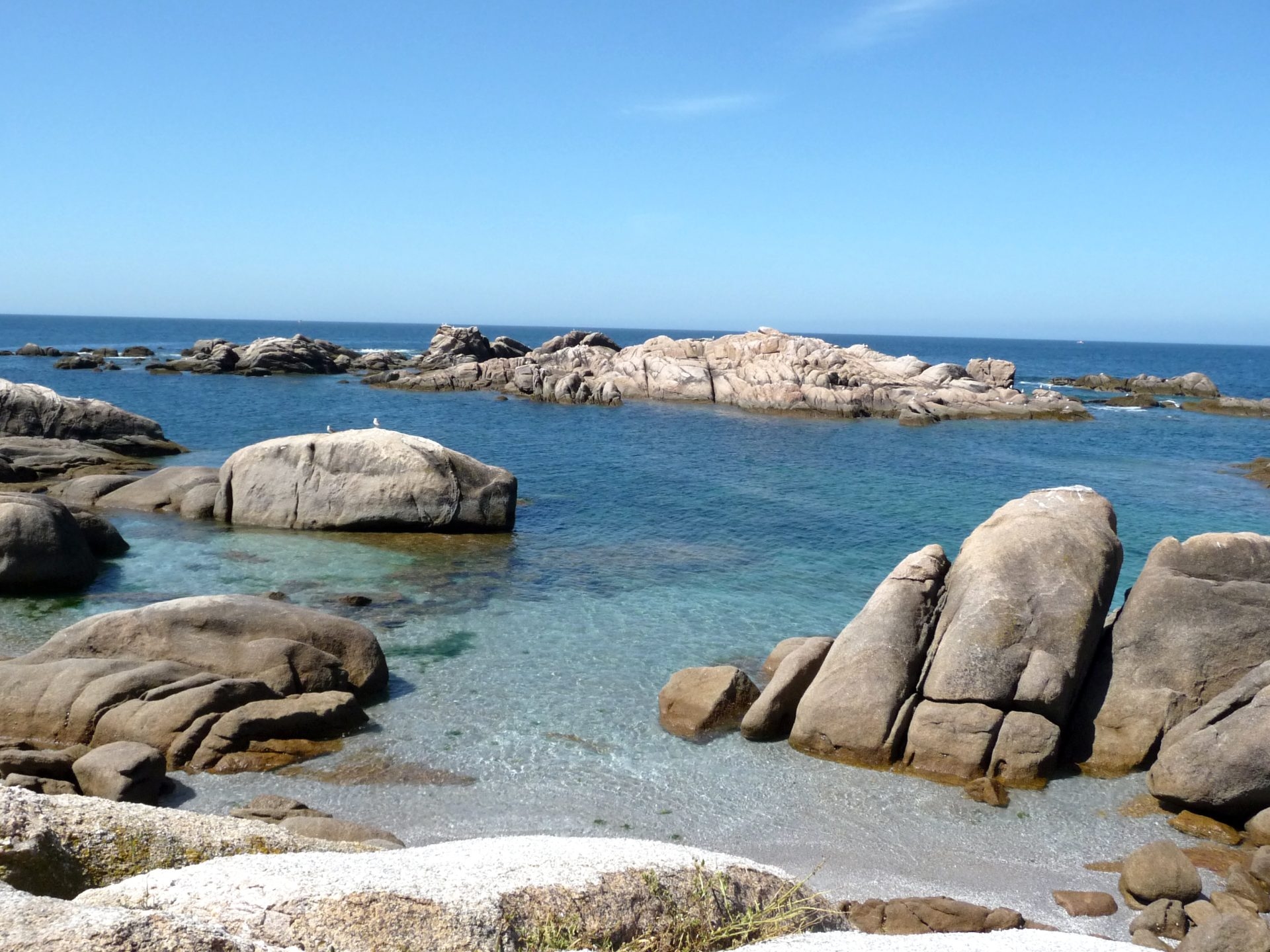The Brazilian Amazon reached the climate limit of the Paris Agreement in 2024

Rio de Janeiro - The average temperature in the Brazilian Amazon reached 1.5°C in 2024, above the historical average, and reached the maximum threshold established by the Paris Agreement, according to a study released by the MapBiomas network, based on data from a new platform.
In the Pantanal, another of the country's main biomes, the temperature exceeded the agreement's limit by reaching 1.8°C, after suffering 205 days without rain last year.
The Paris Agreement, signed in 2015 by 197 countries, sets as a global goal limiting the increase in the planet's temperature to less than 2°C, with emphasis on not exceeding 1.5°C, a limit that experts consider key to avoiding climate impacts, such as extreme events.
Deforestation, one of the causesThe study indicates that the Brazilian Amazon lost 52 million hectares of native vegetation between 1985 and 2024. During that period, the average temperature of the biome increased by 1.2°C. Across Brazil, the increase was at an average rate of 0.29°C per decade.
The Pantanal showed the fastest rate of warming, with an increase of 0.47 °C per decade, followed by the Cerrado (savanna), with an increase of 0.31 °C in the same period.
In contrast, coastal biomes such as the Atlantic Forest and the Pampa recorded more moderate rates (+0.21 °C and +0.14 °C).
The data comes from MapBiomas Atmosphere, the network's new platform that provides information on temperature, precipitation and air pollution between 1985 and 2024, based on satellite images and data modeling.
According to Tasso Acevedo, general coordinator of MapBiomas, recent studies indicate that "deforestation alters the exchange of heat and water vapor with the atmosphere," which causes an increase in temperatures.
In this regard, Luiz Augusto Toledo Machado, visiting professor at the University of São Paulo and member of the MapBiomas Atmosphere team, explained to EFE that, although deforestation is one of the causes, the increase in temperature "is mainly due to global climate change," due to the accumulation of greenhouse gases.
"Deforestation (in the Amazon) contributes 16.5% to total warming and 74.5% to the reduction in rainfall during the dry season," he added.
The biggest climate crisis in four decadesIn the analysis, Mapbiomas points out that, since 1985, Brazil experienced its greatest thermal anomaly in 2024, with 1.2 °C above the average temperature.
All 27 Brazilian states recorded temperatures between 0.3°C and 2.0°C above the historical average. Roraima, located in the northern Brazilian Amazon and bordering Venezuela, was the most affected.
Regarding rainfall, the study revealed that while Rondônia, which borders Bolivia, recorded 36% less rainfall than the average, the state of Rio Grande do Sul, bordering Argentina and Uruguay, experienced 19% more than the average, with rains that caused unprecedented flooding, resulting in the death of more than 180 people and the displacement of almost 700,000.
The platform also reveals data on air pollution, and the Amazon appears with the highest concentrations of microscopic particles from the burning of fossil fuels and biomass, which represent one of the greatest risks to respiratory health.
In this biome, the dry season, between July and September, favored wildfires, which last year devastated 15.6 million hectares of vegetation. EFEverde
mat/adm/cc
efeverde





